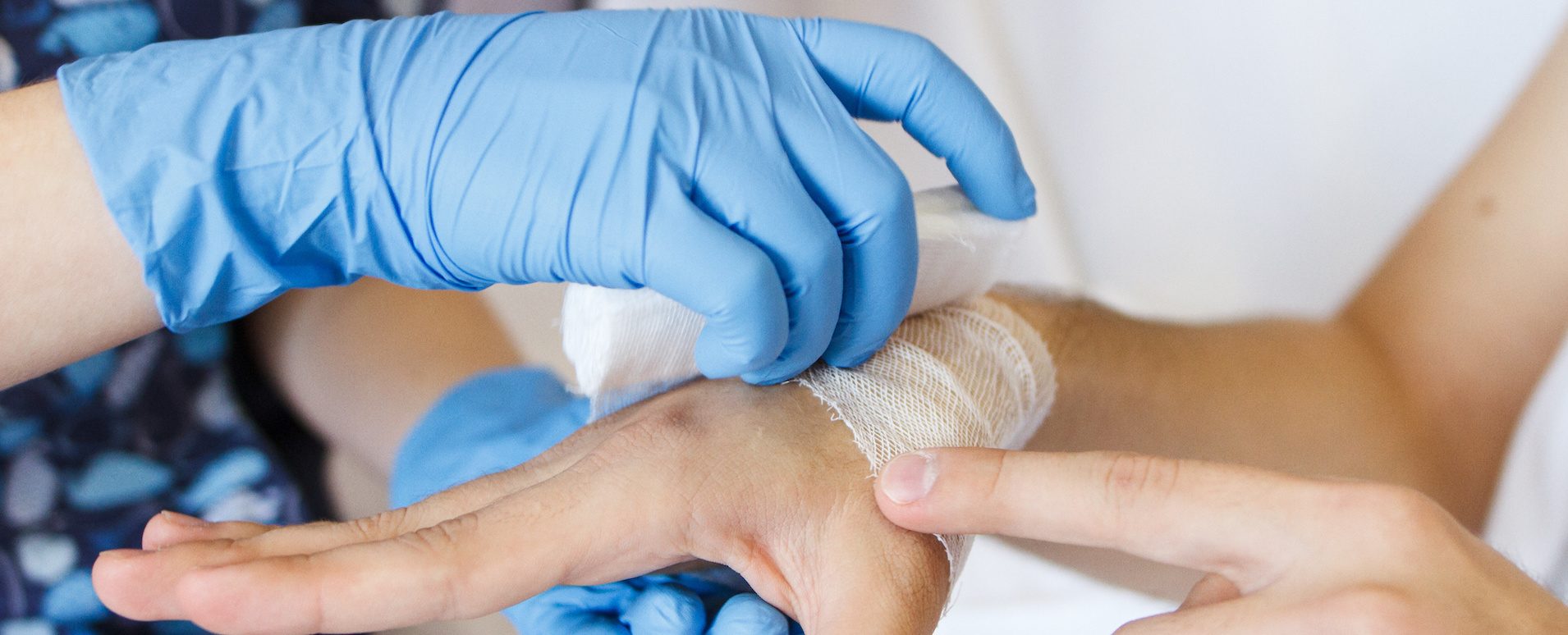Pain, it is something we will all experienced at one point in our lives because of illness, injury, normal aging, or even surgery. Funny thing is, we all feel pain differently which is why understanding your choices for pain relief is important. Pain that has a stabbing sensation to one person may be a dull ache to another. Throbbing pain for one person may feel like tolerable pressure to another. You, like every other individual, will experience pain in your own way. Understanding how you experience pain and knowing there are alternatives for pain relief other than narcotic medications will result in faster healing and improved quality of life.
Types of Pain
There are many different types of pain.
- Neuropathic: Pain caused by damage to nerves or the central nervous system.
- Nociceptive: Pain cause by damage to tissue such as muscle or skin.
- Radicular: Pain caused by compression of the nerves in the spine.
- Chronic: Pain that lasts more than three months.
- Acute: Sudden pain that last less than three months.
Pain is always the result of some type of injury to a part of our body. It is our bodies way of protecting us from harm. As you can imagine, the causes of injury are vast. And while there are other types of pain not mentioned here, understanding your choices for managing pain is the first step in being in control of your pain.
Understanding your Choices
While there are prescription and over-the counter pain medications you can take, there are also alternative strategies for managing pain that does not include taking medication. All of these alternatives are key to understanding your choices in managing pain.
Distraction
Distraction is commonly used with babies and children. It may include offering a toy, turning on a movie, or making sounds that catch their attention. However, this tactic is not just for children. Distraction in adults is very successful. One adult tactic is guided imagery. Guided imagery is achieved by using a guide who helps you experience an alternative positive environment that you wish you could be in. The guide helps you experience the wished-for environment by engaging your five senses (sight, smell, hearing, feeling, and taste). Guided imagery can also be done through sounds like music or wind chimes, or focusing on a specific image to distract you from the pain.
Massage
Massage is used to decrease pain and ease muscular tension through pressure and manipulation. Touch alone from massage helps to relax muscles and ease your mind. Massage can also relieve muscle pain by increasing the blood flow to the muscle which helps to remove toxins in the tissue.
Acupuncture
Acupuncture is an ancient method of pain relief. It relieves pain by interrupting the firing of nerves to the brain. Acupuncture is done by inserting small needles into the skin at very specific nerve points in the body which stops the nerves from firing. It may seem like poking someone with a needle would only cause more pain but, the needles are very very small and acupuncturist are trained to insert them without you even feeling it. There are also other acupuncture methods that focus on pressure points. The idea behind acupuncture is by stimulating these specific points you interrupt the pain pathway to the brain.
Heat/Cold
Heat and cold therapy is also a good alternative to medication for pain management. Heating pads of any kind, warm baths, steam rooms, ice packs, cryo-sleeves, cool tubs, and cooling sprays are all good options. These techniques are particularly effective with muscle pain, joint sprains, ligament strains, deep muscle bruising, and even post-operative pain. Always ask your doctor before using hot or cold treatment on your surgical site to determine if it is a safe option for you.
Aromatherapy
Aromatherapy is technically a distraction method however it warrants its own mention because of its powerful effects. The use of essential oils to focus your brain on the aroma and away from the pain you are experiencing. Aromatherapy is used to ease anxiety, improve sleep, and promote relaxation. Essential oils can be purchased as concentrated oil to be used in diffusers, as a roll-on oil, lotions or soaps. The Arthritis Foundation has valuable information on the use of essential oils for pain control.
Physical Therapy
Physical therapy can help ease pain by strengthening muscles and creating flexibility in your ligaments. Muscles help to maintain proper spacing of our joints and create support for our skeleton. You could be experiencing pain because of muscle weakness which causes bones to rub on surrounding bones for support. Physical therapist use light weight training, water therapy, ultrasound, stretching, massage, and vibration to ease pain.
Understanding your choices for pain other than prescription medications is important to feeling in control of your pain. Before you start an alternative method of pain management make sure you talk with your to make sure it is safe for your condition.
References
Chappell, M.M. & Davis, J. (n.d.). Aromatherapy for Arthritis Relief. Arthritis Foundation. https://www.arthritis.org/health-wellness/treatment/complementary-therapies/natural-therapies/aromatherapy-for-arthritis-relief
MedlinePlus. (2021). Non-Drug Pain Management. https://medlineplus.gov/nondrugpainmanagement.html
Stanford Health Care. (2020). Management of Pain without Medications. https://stanfordhealthcare.org/medical-conditions/pain/pain/treatments/non-pharmacological-pain-management.html

